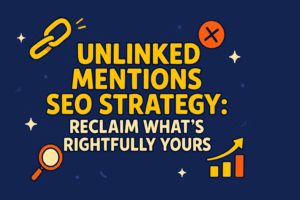
In the ever-evolving digital marketing and SEO world, link-building remains a cornerstone of successful online strategies.
As search engines prioritize quality content and authoritative backlinks, the need for innovative approaches to link-building becomes more pronounced.
One effective strategy that has gained significant traction is using infographics for link-building.
This article will delve into the benefits of infographic links, strategies for creating compelling infographics, and best practices for leveraging them to enhance link-building efforts.
What Are Infographic Links?
Infographic links are hyperlinks that direct users to infographics, which are visually engaging representations of information, data, or knowledge.
These infographics can simplify complex concepts, making them more digestible and shareable. Typically, infographic links are embedded within articles, blog posts, or social media platforms, leading readers to detailed graphical content.
Clicking on these links takes users to a larger, interactive, or downloadable version of the infographic.
Infographic links are valuable for enhancing content marketing strategies because they attract attention and drive engagement.
They also serve as a powerful tool for link-building in SEO, as high-quality infographics are likely to be shared across various websites, including infographic submission sites, generating valuable backlinks.
Infographic links can improve user experience by providing visually appealing summaries of key points. This makes them an effective way to convey information and attract potential customers or clients.
Infographic links are essential for engaging audiences and boosting SEO performance.
Benefits Of Using Infographics For Link Building
- Increased Visibility and Engagement: Infographics are inherently engaging and shareable. They can capture attention more effectively than plain text and are often shared across social media platforms, blogs, and websites. This increased visibility can lead to more opportunities for earning backlinks.
- Enhanced User Experience: Infographics simplify complex information, making it easier for users to understand and retain. By providing valuable content in a visually appealing format, you can enhance the overall user experience and encourage others to link back to your original infographic.
- Authority and Credibility: High-quality infographics that offer valuable insights or data can position your brand as an authority in your niche. As other reputable sites reference your infographic, your domain authority and credibility will likely improve.
- SEO Benefits: Search engines recognize the value of backlinks from authoritative sources. By creating infographics that other sites want to link to, you can improve your search engine rankings and drive organic traffic.
- Versatility and Adaptability: Infographics can cover various topics and formats, from statistical data and how-to guides to timelines and flowcharts. This versatility allows you to address multiple aspects of your industry and appeal to different audience segments.
Steps To Create An Effective Infographic For Link Building
1. Identify Your Audience and Topic

The first step in creating an infographic is understanding your target audience and selecting a relevant topic. Choose a subject that is both interesting and valuable to your audience.
Conduct keyword research and analyze trending topics in your industry to ensure your infographic addresses current interests and needs.
2. Gather and Analyze Data
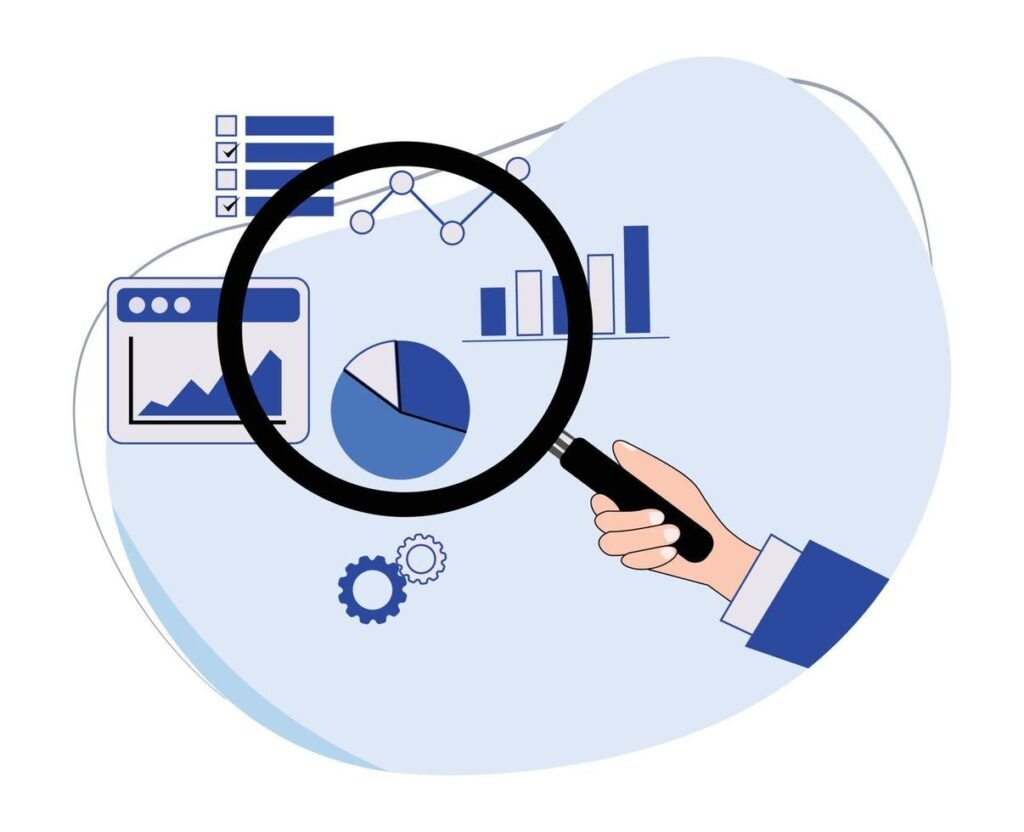
Once you have a topic in mind, gather accurate and up-to-date data. Reliable sources and thorough research are crucial for creating an informative and credible infographic.
Analyze the data to identify key insights and trends that will form the basis of your infographic.
3. Design the Infographic
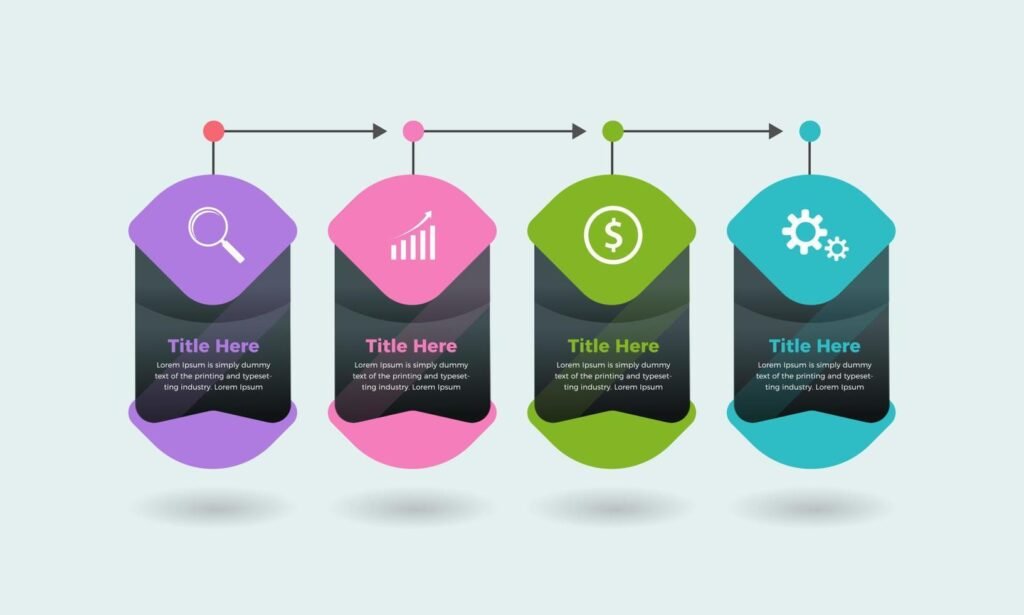
Design is critical to the success of an infographic. A well-designed infographic should be visually appealing and easy to read. Consider the following design principles:
- Clarity: Use clear headings, concise text, and legible fonts. Avoid cluttering the infographic with too much information.
- Visual Hierarchy: Arrange information logically, guiding the reader’s eye through the content.
- Colour Scheme: Choose a colour palette that aligns with your brand and enhances readability.
- Branding: Include your logo and website URL to ensure that your infographic promotes your brand effectively.
Tools like Canva, Piktochart, and Adobe Illustrator can help create high-quality infographics. If design is not your forte, consider hiring a professional designer to ensure the best results.
4. Optimize for SEO
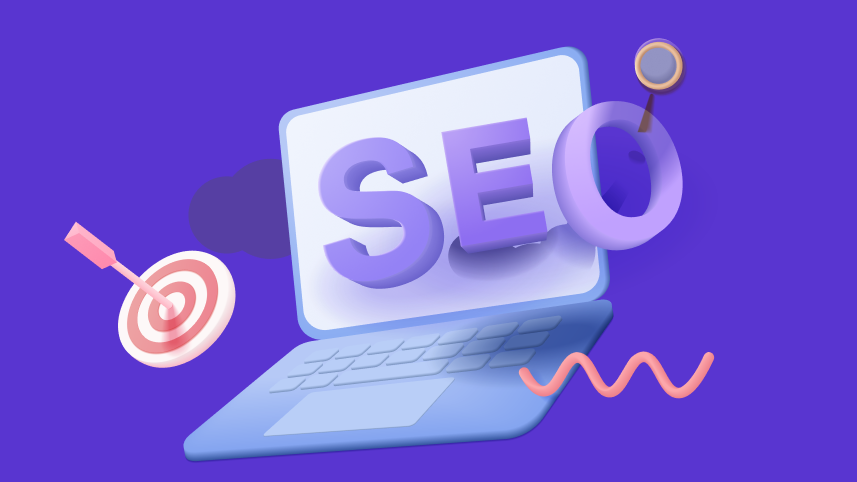
Optimize your infographic with relevant keywords to maximize its SEO benefits. Use descriptive file names and alt text for the infographic image, and include a brief, keyword-rich description on the page where the infographic is published.
This will help search engines understand the content and improve its visibility in search results.
5. Publish and Promote Your Infographic
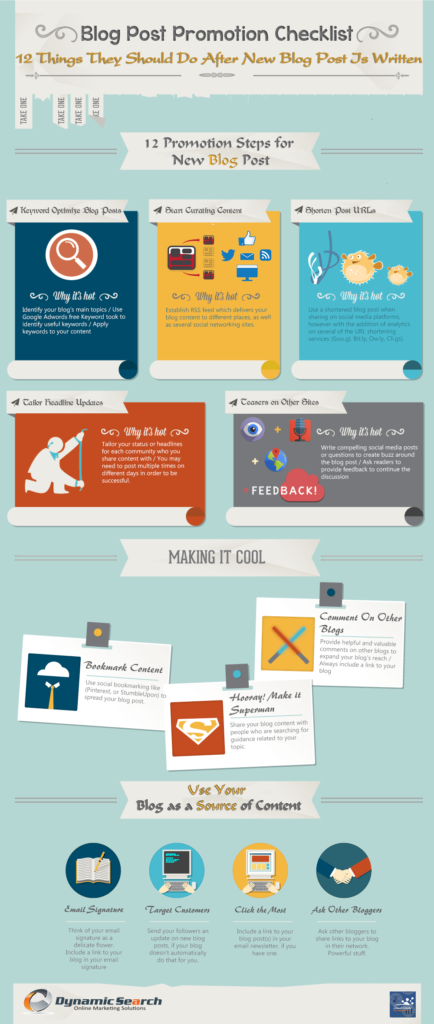
Once your infographic is ready, publish it on your website or blog. Create a dedicated landing page for the infographic with a compelling headline and a summary of the key points. Include social sharing buttons to encourage readers to share your infographic on their networks.
Promote your infographic through various channels:
- Social Media: Share the infographic on your social media platforms and engage with your audience. Use relevant hashtags and encourage followers to share them with their networks.
- Email Marketing: Include the infographic in your email newsletters or send it to your subscriber list with a brief introduction and a call to action.
- Outreach: Reach out to influencers, bloggers, and industry experts who might find your infographic valuable. Offer them the opportunity to feature it on their websites and provide them with an embed code or a link.
6. Monitor and Analyze Results
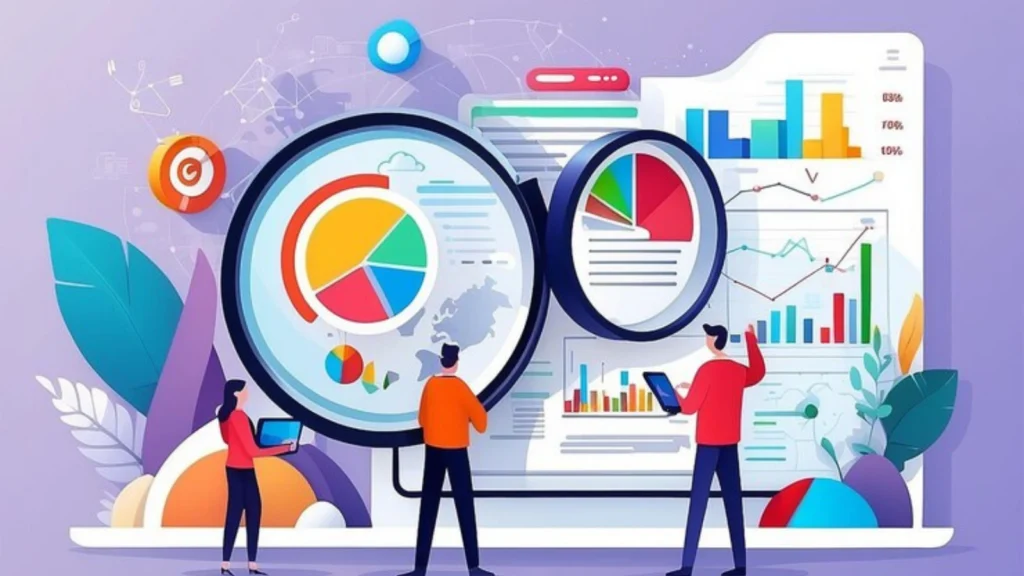
After promoting your infographic, monitor its performance to gauge its effectiveness—track metrics such as the number of backlinks acquired, social shares, website traffic, and engagement.
Use tools like Google Analytics, Ahrefs, or Moz to measure your infographic’s impact and identify areas for improvement.
Strategies For Promoting Infographics
Once you have created an outstanding infographic, the next step is to promote it effectively to maximize its reach and impact. Here are some strategies for promoting your infographic and earning valuable backlinks:
1. Reach Out to Influencers and Bloggers
Identify key influencers and bloggers within your industry who would appreciate the value of your infographic.
Craft a personalized email introducing yourself and highlighting why your infographic would benefit their audience.
Include a direct link to your infographic and offer to provide any additional information or collaborate on related content.
By reaching out to influencers and bloggers, you can effectively build links with infographics, enhancing your infographic’s reach and credibility through their established platforms.
2. Submit to Infographic Directories
Infographic directories and platforms are dedicated spaces where visual content can gain visibility. Submitting your infographic to these directories can increase its exposure and attract potential backlinks.
These platforms often have a devoted audience interested in visual data representation, thus providing a targeted way to reach those who might find your content valuable.
3. Leverage Social Media
Utilize your social media channels to share your infographic on social media widely. Create engaging posts that incorporate relevant hashtags to increase discoverability.
Encourage your followers to share the infographic within their networks to amplify their reach. Engaging with your audience through comments and discussions can boost visibility and drive traffic to your content.
4. Publish on Your Blog
Integrate your infographic into a blog post that offers additional context and insights related to the topic.
By embedding the infographic within a well-written article, you give readers more value and make it easier for others to link to your content.
This enhances the infographic’s visibility and strengthens your blog’s relevance and authority.
5. Utilise Press Releases
A press release can be effective when your infographic addresses trending or newsworthy topics. Craft a compelling press release highlighting your infographic’s significance and relevance to current events.
Distributing the press release to media outlets and industry publications can generate valuable backlinks and attract media coverage, boosting the overall reach of your infographic.
6. Engage in Community Forums and Groups
Participate in online forums and communities relevant to your industry. Share your infographic in these spaces where it can provide value and contribute to ongoing discussions.
By engaging thoughtfully and offering insights, you build credibility and encourage community members to explore and link to your infographic, increasing its exposure and potential impact.
Measuring The Success Of Your Infographic Links
It’s essential to track and measure key metrics. Here are some ways to assess the success of your infographic links:
- Monitor Backlinks: Use tools like Google Search Console, Ahrefs, or SEMrush to track the number of backlinks earned from your infographic. Analyze the quality and relevance of the linking sites.
- Track Referral Traffic: Check your website analytics to see how much traffic is coming from the linked pages to your infographic. This can help you gauge the impact of your infographic on driving visitors to your site.
- Evaluate Social Shares and Engagement: Measure the number of social shares, likes, and comments your infographic receives. High engagement can indicate that your content is resonating with your audience.
- Assess Search Engine Rankings: Monitor changes in your search engine rankings for relevant keywords. Improved rankings indicate that your infographic links contribute to your SEO success.
- Analyze Conversion Rates: If your infographic includes calls to action or lead generation elements, track conversion rates to see how well it drives desired actions, such as sign-ups or downloads.
Best Practices For Acquiring Infographic Links
- Quality Over Quantity: Focus on acquiring backlinks from high-authority websites rather than aiming for many low-quality links. A few high-quality links can have a more significant impact on your SEO efforts.
- Engage with the Community: Participate in relevant online communities, forums, and social media groups. Share your infographic and engage in discussions to build relationships with potential link sources.
- Leverage Guest Blogging: Write guest posts for reputable websites in your industry and include your infographic as part of the content. This can help you earn valuable backlinks and increase your reach.
- Create Multiple Infographics: Produce new infographics regularly to maintain interest and keep your audience engaged. A consistent flow of high-quality infographics can increase backlinks and enhance your overall SEO strategy.
- Monitor Competitors: Monitor your competitors’ infographics and link-building strategies. Analyze their approach to identify opportunities for improvement and differentiation.
Common Mistakes To Avoid
1. Overloading with Information

Your infographic should include less information. Focus on delivering clear and concise content that is easy to understand and visually appealing.
2. Neglecting Attribution
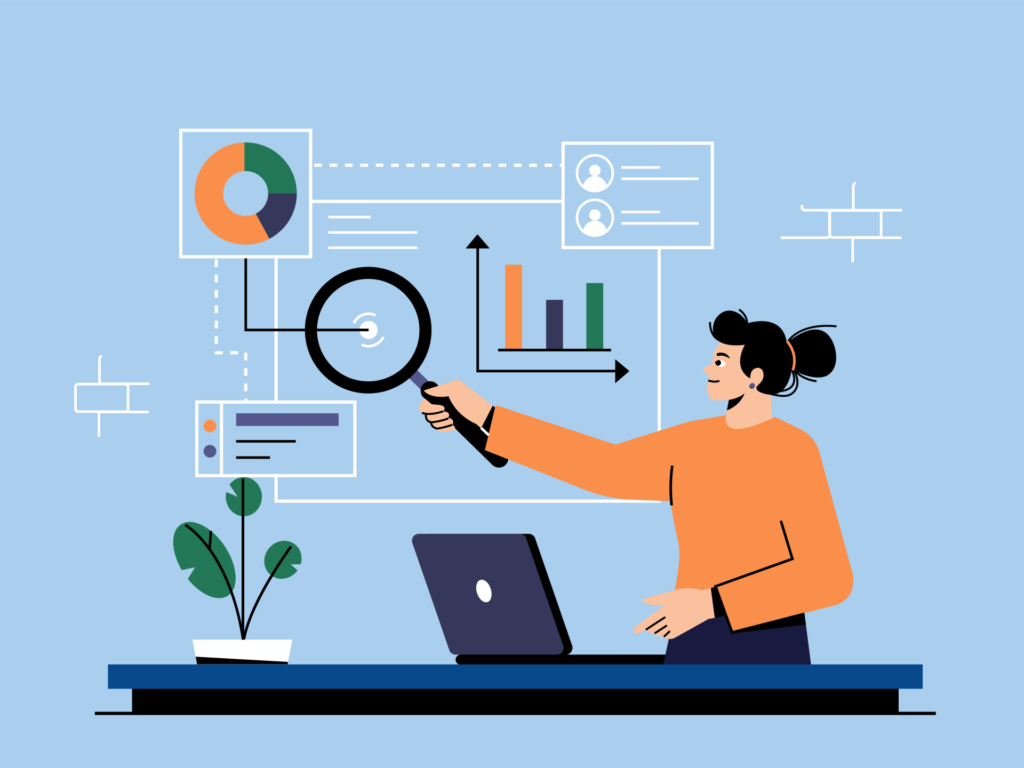
Ensure that all data and sources used in your infographic are correctly attributed. Please do so to ensure your credibility and avoid legal issues.
3. Ignoring Mobile Optimization
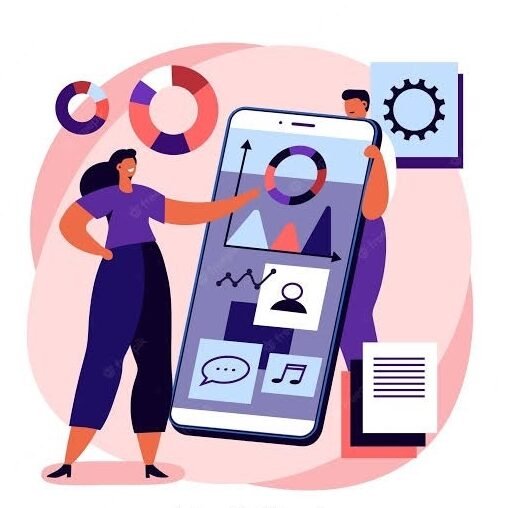
Design your infographic to be mobile-friendly, as many users access content on their smartphones and tablets. Ensure that the infographic is easily viewable and readable on different devices.
4. Lack of Promotion

Creating an infographic is only the first step. With effective promotion, your infographic may reach its intended audience and generate the desired backlinks.
Conclusion
Infographic links represent a valuable opportunity to enhance your link-building strategy and boost your online presence.
Creating compelling, high-quality infographics and employing effective promotion strategies can attract valuable backlinks, improve your search engine rankings, and drive meaningful traffic to your website.
As with any link-building tactic, it’s crucial to prioritize quality and relevance to achieve long-term success. With the right approach, infographics can become an influential asset in your digital marketing toolkit, helping you stand out in a competitive online landscape.
If you have any questions related to infographic links, feel free to leave them in the comment section. We will be happy to answer them.
Thanks for reading:)

